In a world where traditional cats and dogs are no longer the only animals welcomed into our homes, exotic pet ownership has soared in popularity. From reptiles and amphibians to unusual mammals and colorful birds, these distinctive companions bring unique joys—and equally unique challenges, particularly when it comes to nutrition. Unlike conventional pets with centuries of domestication and well-researched dietary needs, exotic animals require specialized feeding protocols that often mirror their wild diets. Improper feeding can lead to serious health issues including metabolic bone disease, obesity, organ failure, and shortened lifespans. This comprehensive guide will walk you through the essential dos and don’ts of feeding exotic pets, helping you provide optimal nutrition for your extraordinary animal companion.
Understanding Your Exotic Pet’s Natural Diet
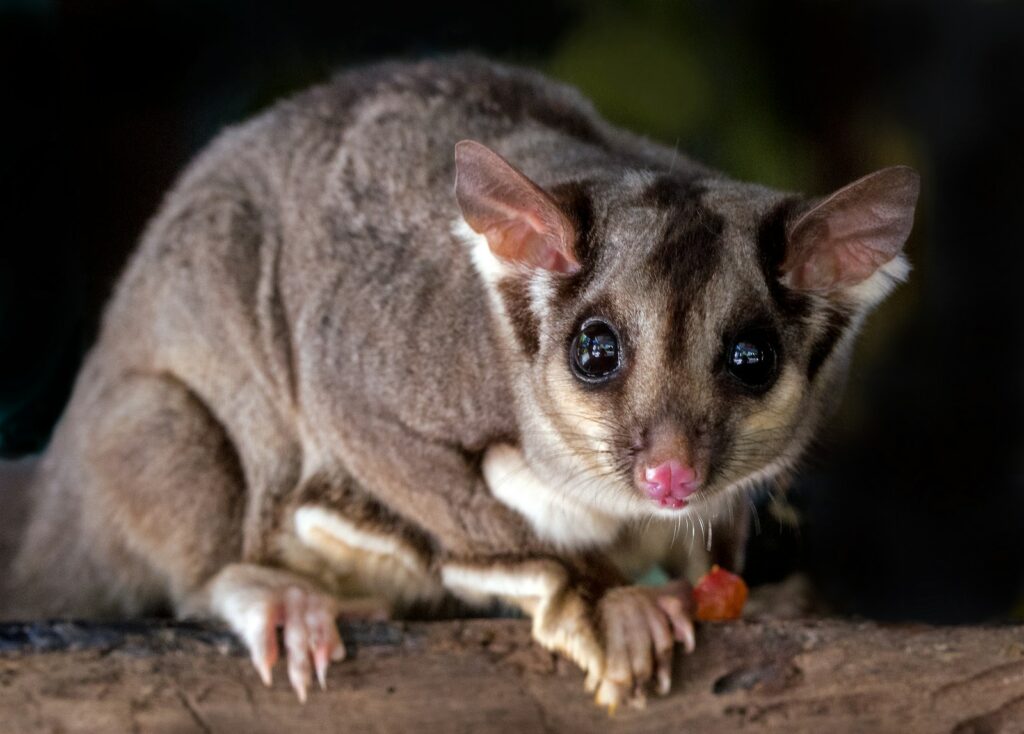
Before bringing an exotic pet home, thorough research into their natural diet is absolutely essential. Animals like bearded dragons, sugar gliders, or fennec foxes have evolved specific digestive systems designed to process particular foods they would encounter in their native habitats. A sugar glider in the wild, for instance, consumes tree sap, nectar, insects, and small amounts of fruit—a far cry from commercial pet food. Understanding your pet’s evolutionary dietary adaptations provides the foundation for creating an appropriate feeding regimen. This background knowledge helps you recognize why certain foods are beneficial while others can be harmful, even if they seem innocuous to humans. Consulting with exotic veterinarians and reputable species-specific resources can provide invaluable insights into replicating natural feeding patterns in captivity.
Common Nutritional Mistakes with Exotic Pets
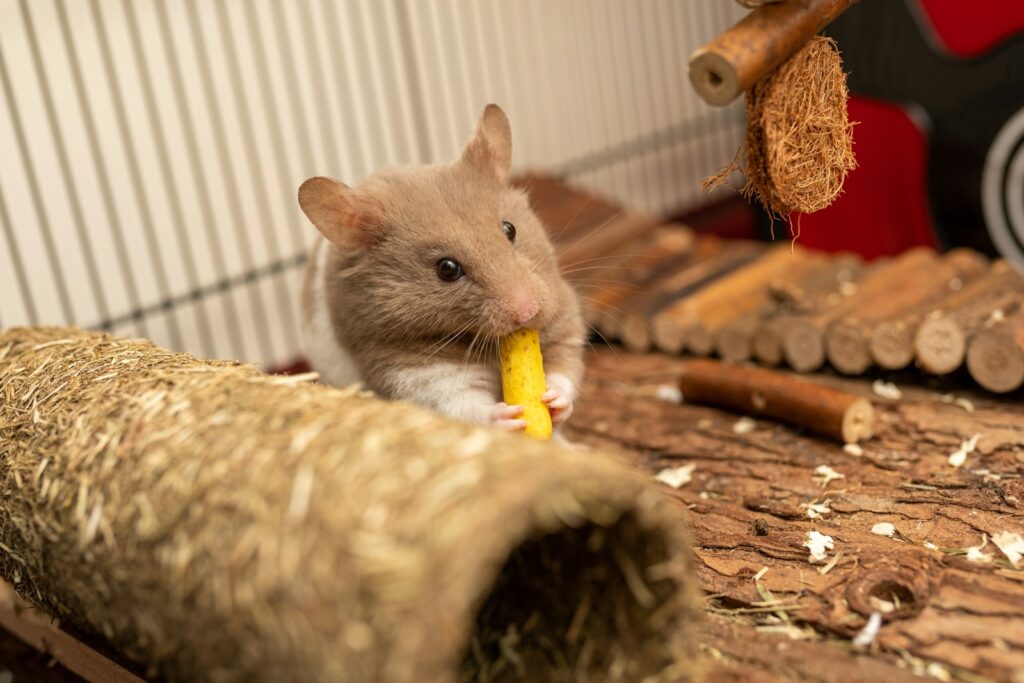
Many well-intentioned exotic pet owners make critical feeding errors that can significantly impact their pet’s health. One prevalent mistake is anthropomorphizing feeding practices—assuming that what humans enjoy is appropriate for exotic animals, leading to offerings of processed foods, dairy, or sweets that cause digestive distress and nutritional imbalances. Another common error is relying solely on commercial foods without supplementation, which often fails to provide the complete spectrum of nutrients exotic species require. Overfeeding is particularly problematic with species like hedgehogs and many reptiles that naturally eat infrequently or in small amounts, leading to obesity and related health complications. Perhaps most dangerous is following outdated or unverified feeding advice from pet stores or internet forums rather than consulting with veterinarians specializing in exotic animal medicine who understand species-specific nutritional requirements.
Reptile Nutrition: Beyond Crickets and Lettuce

Reptile nutrition represents one of the most misunderstood areas of exotic pet care, with requirements varying dramatically between species. Herbivorous reptiles like tortoises and iguanas need carefully balanced plant-based diets with appropriate calcium-to-phosphorus ratios, not merely iceberg lettuce which provides almost no nutritional value. Carnivorous reptiles such as certain snakes require whole prey items that provide essential nutrients found in bones, organs, and fur—nutrients that are absent in simply offering meat pieces. Omnivorous species like bearded dragons present another challenge, requiring precise ratios of insect protein and plant matter that change as they mature from juveniles to adults. Proper supplementation with calcium, vitamin D3, and other micronutrients becomes critical, especially for reptiles kept indoors without access to natural UVB lighting needed for vitamin synthesis.
Feeding Exotic Birds: Seed Addiction and Better Alternatives
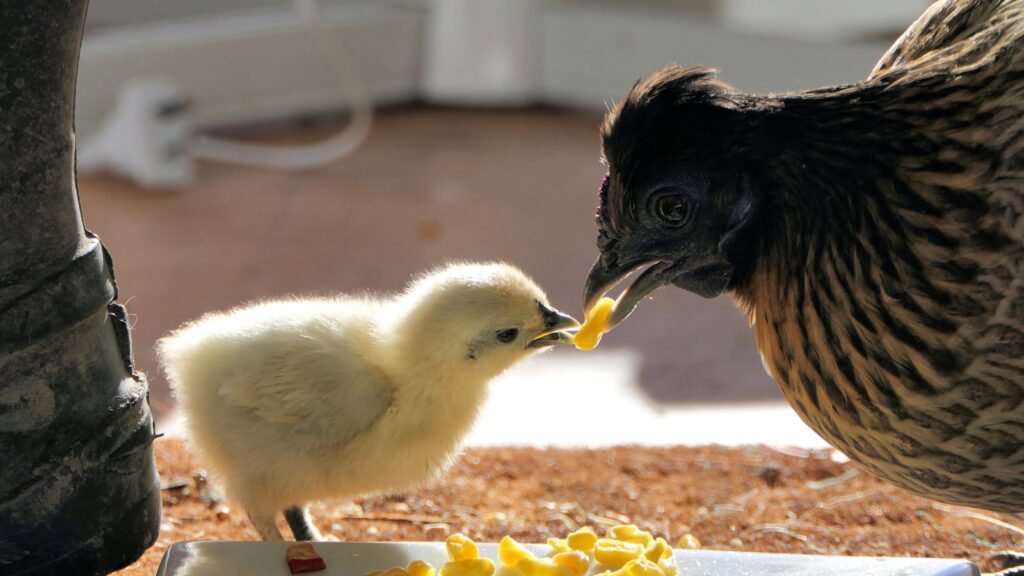
Many exotic bird owners unknowingly perpetuate “seed addiction” by offering all-seed diets that birds readily accept but which lack essential nutrients, leading to malnutrition despite full food dishes. High-quality pelleted diets formulated for specific bird species provide a more balanced nutritional foundation, though they should still be supplemented with fresh foods. Parrots, finches, and other exotic birds benefit tremendously from daily offerings of dark leafy greens, colorful vegetables, limited fruits, and occasionally nuts or cooked lean proteins appropriate to their species. Interactive feeding through foraging toys and puzzle feeders not only provides mental stimulation but also encourages natural behaviors and prevents boredom-related behavioral issues like feather plucking. Social birds like parrots often benefit from sharing appropriate foods during family mealtimes, strengthening bonds while providing nutritional variety.
Exotic Mammals: From Sugar Gliders to Hedgehogs
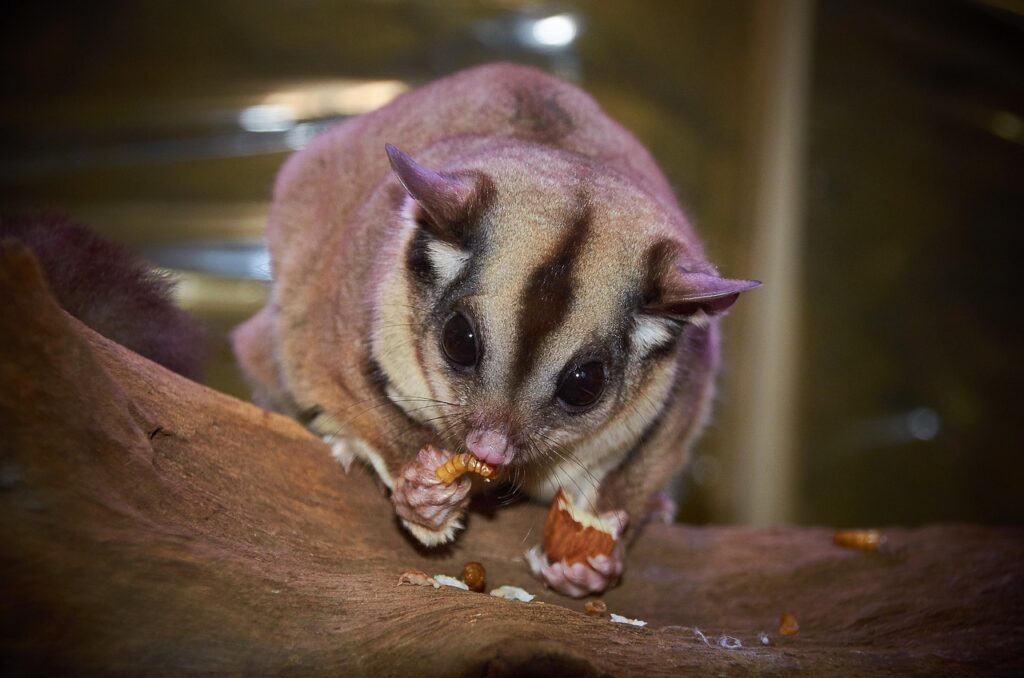
Small exotic mammals present diverse feeding challenges as their nutritional needs often cannot be met with commercially available products alone. Sugar gliders thrive on specialized diets that include protein sources, nectar substitutes, and carefully selected fruits and vegetables—not the yogurt drops and honey treats often marketed for them. Hedgehogs require high-quality cat food supplemented with insects, vegetables, and limited fruits, avoiding fatty foods that can cause liver disease. Species like degus and chinchillas need high-fiber diets primarily composed of hay with minimal fruits due to their inability to process sugars properly, leading to diabetes when fed inappropriately. Ferrets present another challenge as obligate carnivores requiring high-protein, high-fat diets with no plant matter—a fact many new owners don’t realize when purchasing these increasingly popular pets.
The Dangers of “Human Food” for Exotic Pets

Many foods perfectly safe for human consumption can pose serious or even fatal risks to exotic pets due to fundamental differences in metabolism and digestive physiology. Avocados contain persin, a compound toxic to many birds, reptiles, and small mammals that can cause cardiac damage and respiratory distress. Chocolate, coffee, and other caffeine-containing foods can cause seizures, irregular heartbeat, and death in numerous exotic species due to their inability to metabolize theobromine and caffeine efficiently. Onions, garlic, and related plants can damage red blood cells in many exotic pets, leading to hemolytic anemia. Even seemingly innocent foods like iceberg lettuce can cause diarrhea in species with sensitive digestive systems while providing almost no nutritional benefit, essentially filling the animal with empty calories while creating a false sense of adequate feeding.
Creating Proper Feeding Schedules for Different Species
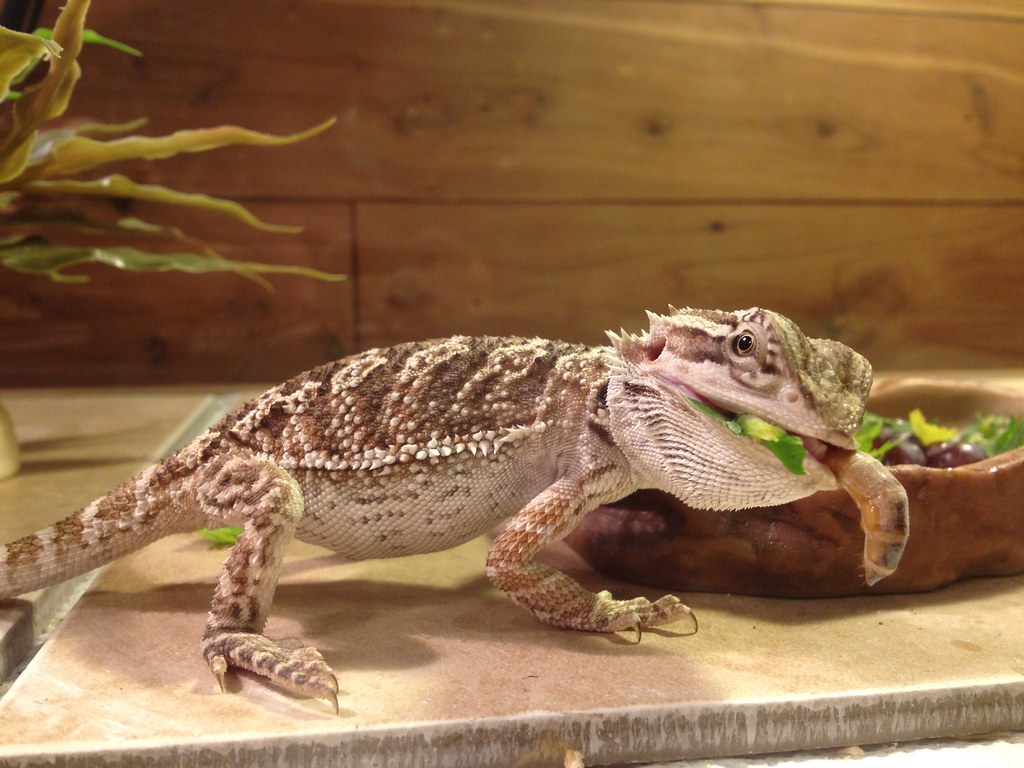
Feeding frequency varies dramatically among exotic species and should closely mimic natural patterns whenever possible. Snakes may eat only weekly or even monthly, and attempting to feed them more frequently can lead to regurgitation and health problems. Diurnal lizards typically benefit from morning feedings when they’re naturally most active and their digestive systems function optimally. Small exotic mammals like sugar gliders are nocturnal and should have fresh food provided in the evening hours when they naturally become active. Many bird species benefit from multiple small feedings throughout the day, simulating natural foraging behavior and promoting psychological well-being. Understanding species-specific metabolic rates and natural feeding patterns is crucial for establishing appropriate feeding schedules that support both physical health and natural behaviors.
The Role of Supplements in Exotic Pet Nutrition
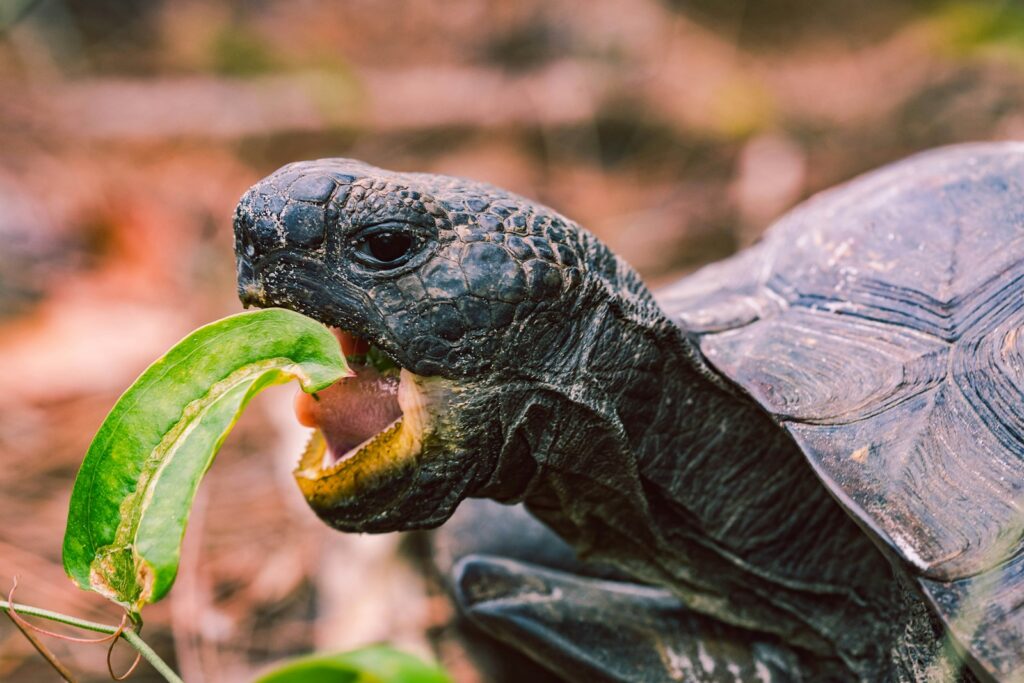
Dietary supplements play a critical role in exotic pet nutrition, particularly for captive reptiles and amphibians that lack exposure to natural sunlight and varied wild food sources. Calcium supplementation is essential for most reptiles to prevent metabolic bone disease, a painful and potentially fatal condition resulting from calcium deficiency or imbalance. Vitamin D3 supplementation becomes necessary for indoor reptiles without UVB exposure, as this vitamin enables proper calcium absorption and utilization. Gut-loading live feeder insects—feeding them nutrient-rich foods for 24-48 hours before offering them to your pet—serves as another form of indirect supplementation for insectivorous species. However, over-supplementation can be as dangerous as deficiency, potentially leading to toxicity issues, making it essential to consult with exotic veterinarians for species-specific supplementation protocols.
Live Food: Proper Sourcing and Preparation
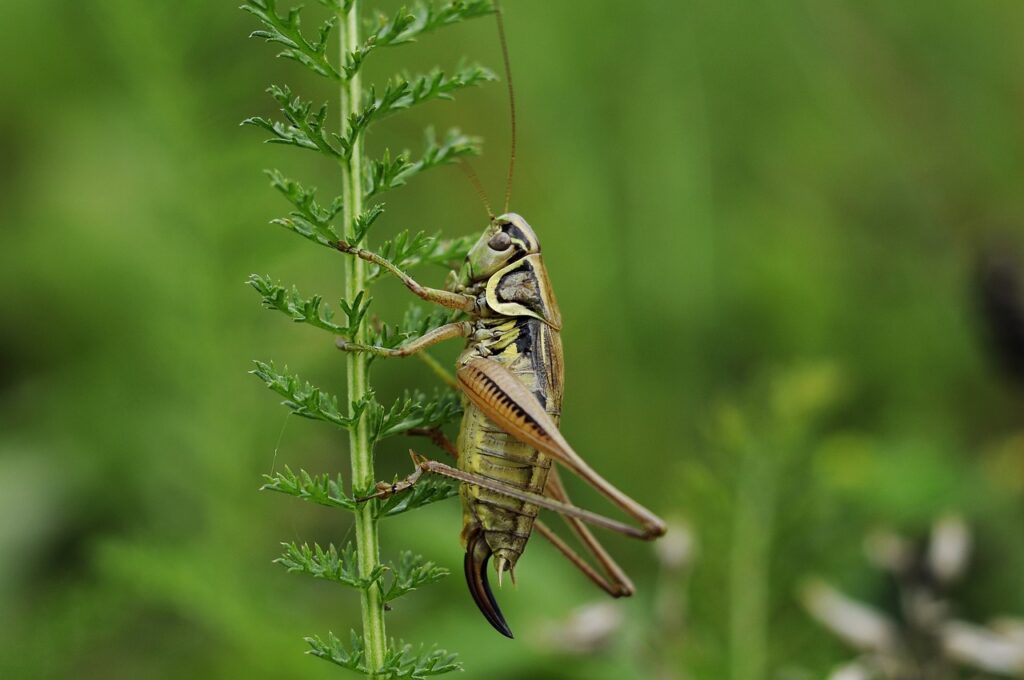
For many exotic pets, particularly reptiles, amphibians, and certain birds, live food forms an essential component of a healthy diet but requires careful sourcing and preparation. Commercial feeder insects should be purchased from reputable suppliers that do not use pesticides or harmful chemicals in their breeding facilities. Wild-caught insects should be avoided entirely as they may carry parasites or have been exposed to environmental toxins like pesticides. Proper gut-loading of feeder insects with calcium-rich vegetables and commercial gut-loading products for 24-48 hours before feeding dramatically increases their nutritional value. For exotic pet owners breeding their own feeder insects, maintaining clean colonies with appropriate nutrition ensures the feeders themselves become nutritionally complete food sources. Some species also benefit from “prey movement simulation” techniques when transitioning to pre-killed items, which maintains hunting enrichment while eliminating the risks associated with live feeding.
Hydration: Beyond the Water Bowl
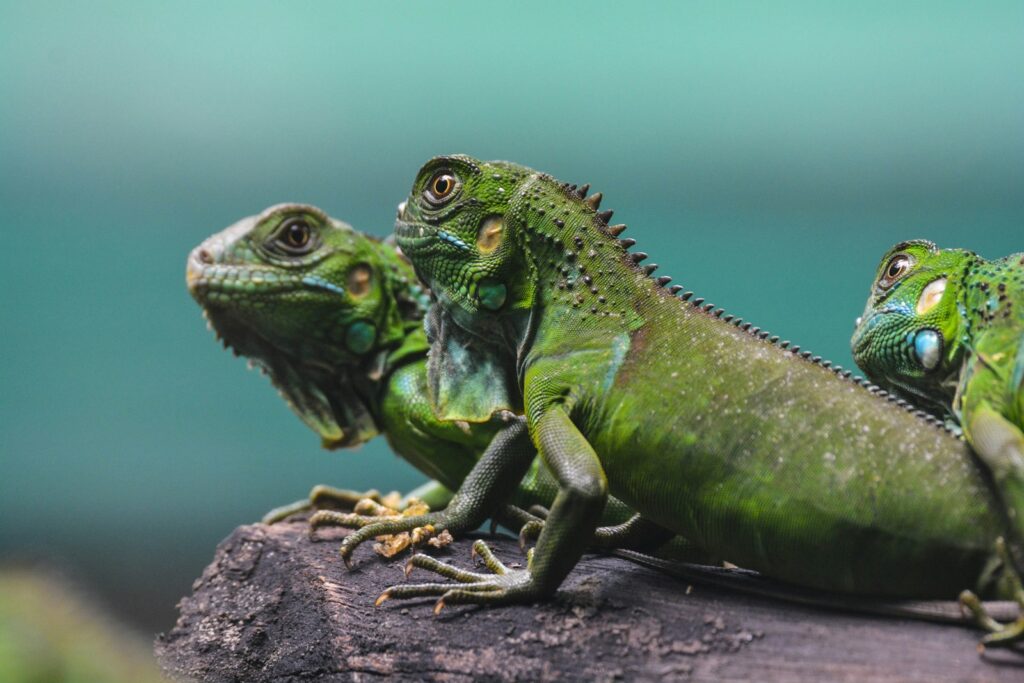
Proper hydration for exotic pets often extends beyond simply providing a water bowl, with many species obtaining moisture through specialized methods. Chameleons and many tropical reptiles rarely drink from standing water, instead licking droplets from leaves or their own bodies after misting or rainfall. These species require regular misting systems or drip systems that simulate natural precipitation patterns. Certain desert species like leopard geckos and some arachnids obtain most of their moisture from their food and have evolved to extract water efficiently from prey items, making proper prey hydration an extension of pet hydration. Humidity levels in enclosures directly impact hydration status for many amphibians and reptiles that absorb moisture through specialized skin regions or respiratory surfaces. Water quality matters tremendously—chlorinated tap water can damage the sensitive respiratory systems of amphibians and the delicate gut flora of many reptiles, making dechlorination essential.
Seasonal Dietary Adjustments for Exotic Pets

Many exotic species benefit from seasonal dietary adjustments that mirror natural fluctuations they would experience in the wild. Reptiles preparing for brumation (a hibernation-like state) should receive adjusted feeding schedules weeks before the temperature reduction to ensure their digestive tracts are cleared of food that could rot during their metabolic slowdown. Breeding season often necessitates increased calcium and protein for egg-laying females across numerous exotic species, from birds to reptiles. Some exotic mammals like hedgehogs may benefit from slight caloric increases during colder months if kept in environments where ambient temperature fluctuates. Spring and summer often bring opportunities to introduce seasonal variety through naturally available foods like edible flowers, certain fresh greens, and seasonally abundant insects for insectivorous species, providing both enrichment and nutritional diversity.
Working with Exotic Veterinarians on Nutrition Plans
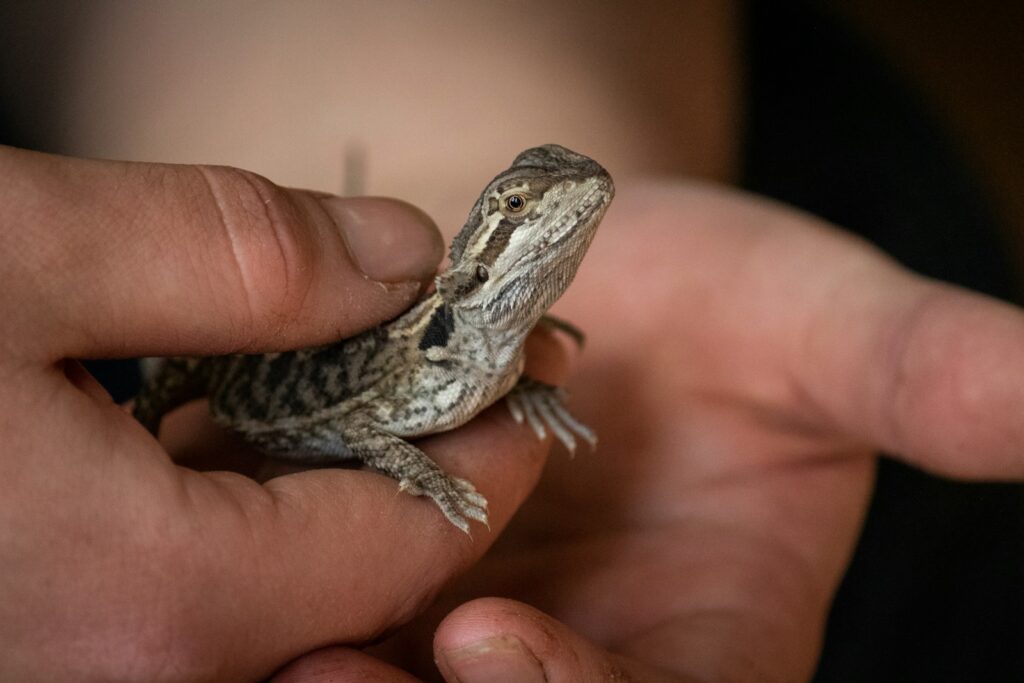
Collaborating with veterinarians specializing in exotic animal medicine is invaluable for developing optimal nutrition plans tailored to your specific pet. Exotic veterinarians can perform baseline health assessments that might reveal metabolic issues requiring dietary modification, such as early kidney dysfunction in sugar gliders or liver concerns in ferrets. These specialists can analyze your current feeding regimen and identify specific deficiencies or imbalances that might not cause immediate symptoms but could lead to long-term health complications. For animals with special needs—such as elderly exotic pets, those recovering from illness, or animals with congenital conditions—veterinary nutritional guidance becomes even more crucial to supporting their unique requirements. Regular veterinary check-ups allow for dietary fine-tuning based on weight changes, bloodwork results, and overall condition, creating a dynamic nutrition plan that evolves with your pet’s changing needs throughout their lifespan.
Creating Enrichment Through Feeding Practices
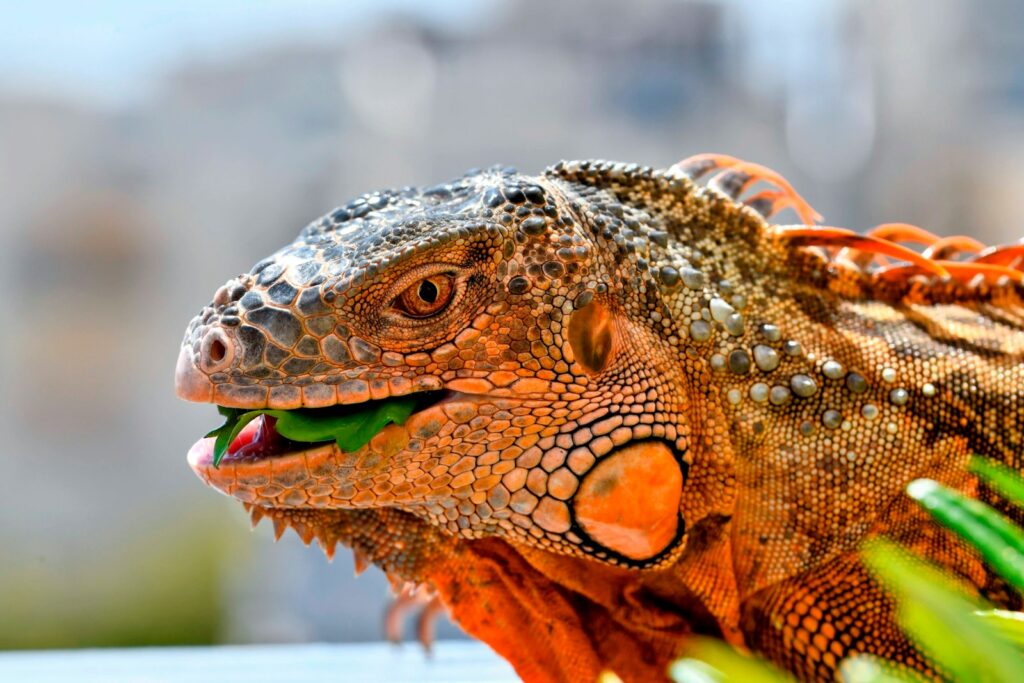
Nutritionally appropriate feeding methods that incorporate behavioral enrichment satisfy both physical and psychological needs for exotic pets. Puzzle feeders for parrots and small mammals encourage problem-solving while slowing consumption rates, preventing both boredom and obesity. Foraging setups for reptiles where food items are hidden throughout the enclosure promote exercise and natural hunting behaviors, particularly beneficial for species that would naturally spend hours searching for food in the wild. Scatter feeding techniques for small exotic mammals like sugar gliders or hedgehogs trigger natural foraging instincts and prevent the lethargy that can come with easy access to food dishes. Even the simple practice of varying feeding locations within enclosures provides mental stimulation by preventing feeding anticipation at a single location and encouraging exploration of the entire habitat.
The proper feeding of exotic pets remains one of the most challenging yet rewarding aspects of their care. While this guide provides a foundation, each species—and indeed each individual animal—may have specific requirements that deserve dedicated research and professional consultation. The investment in understanding and implementing appropriate nutrition pays tremendous dividends in the form of vibrant health, natural behaviors, and longevity for these extraordinary companions. By avoiding common pitfalls while embracing species-appropriate feeding practices, exotic pet owners can provide their unique pets with the nutritional foundation they need to thrive in our care, honoring both their wild heritage and their place in our homes.

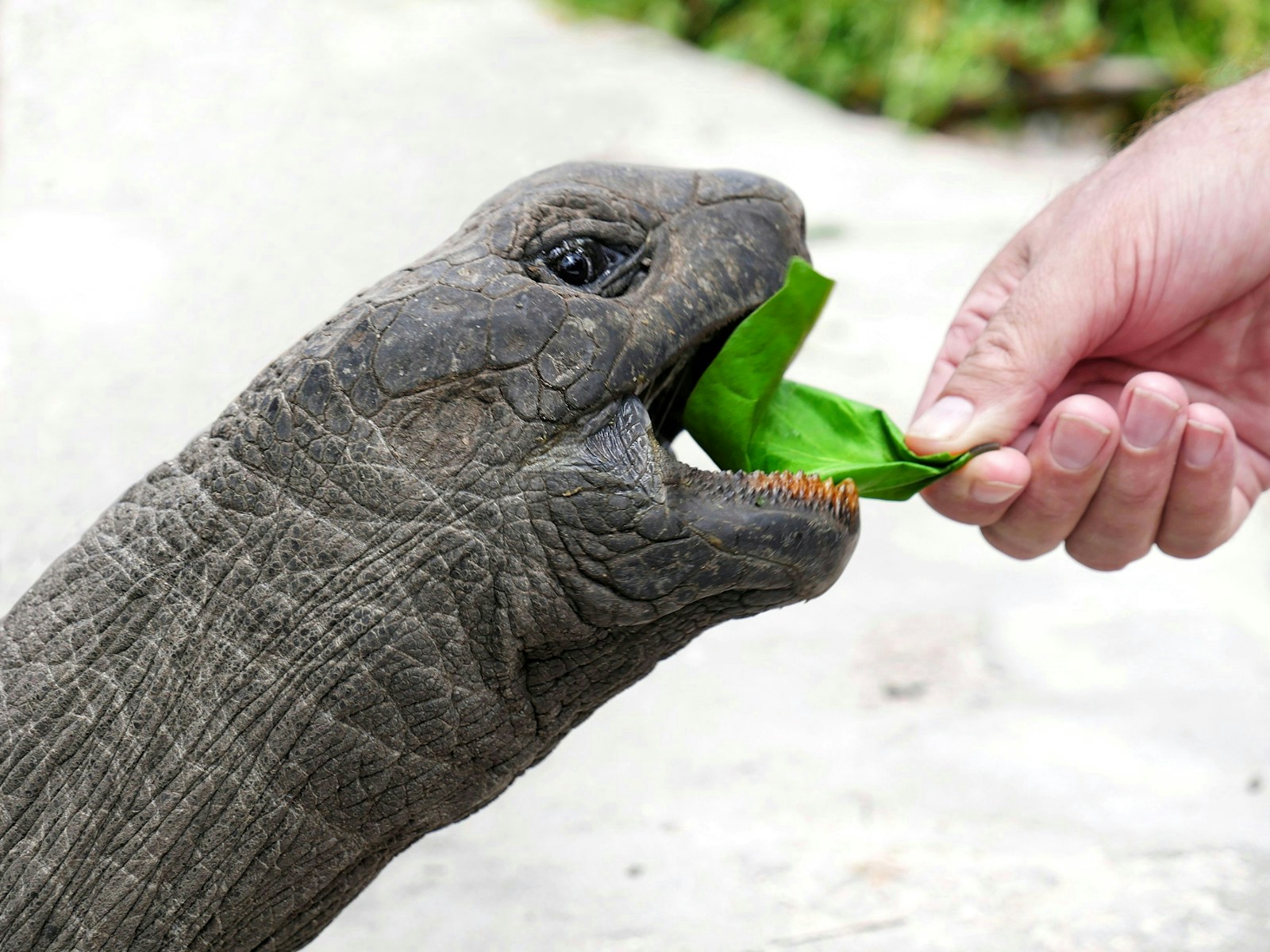


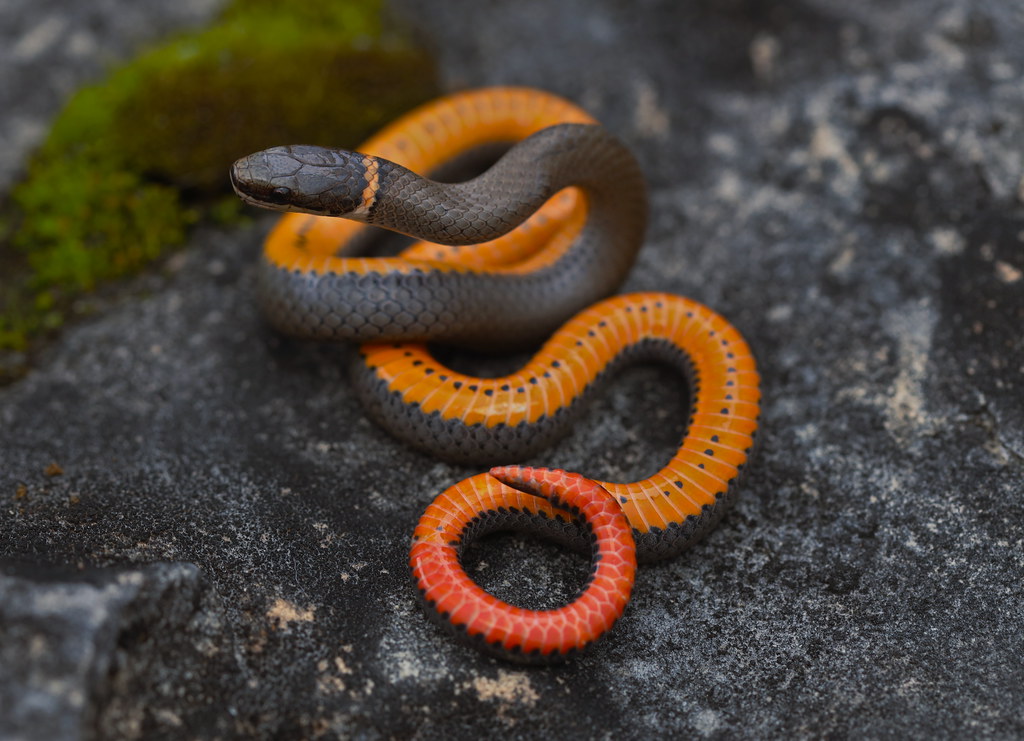



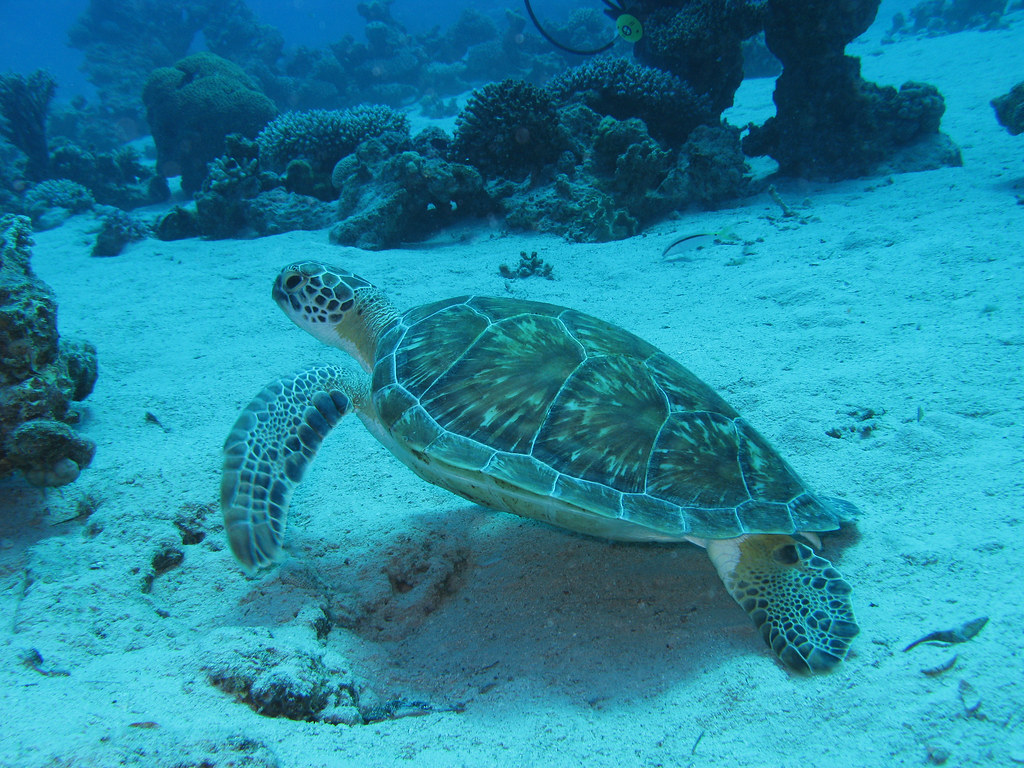
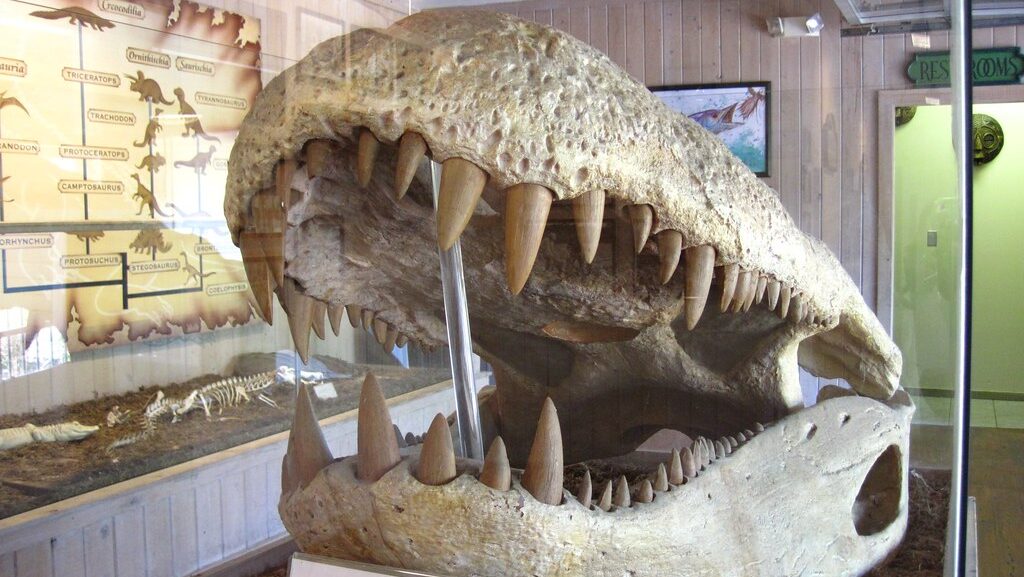
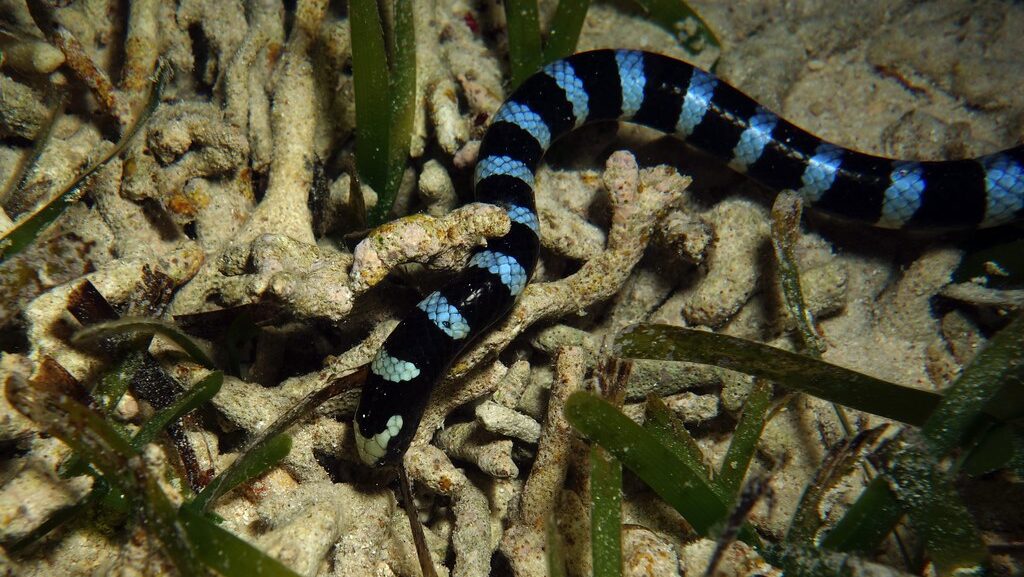
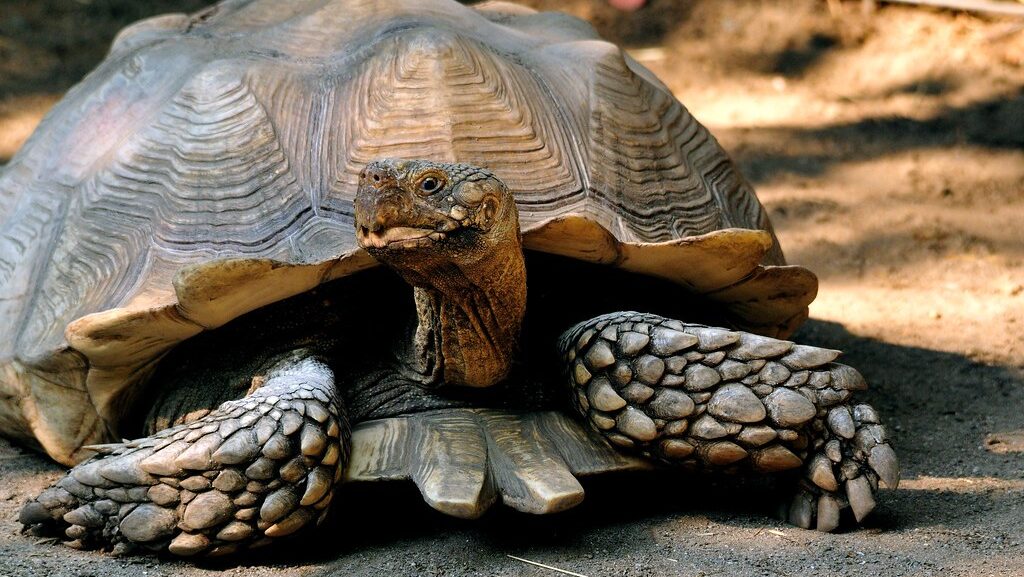



Leave a Reply